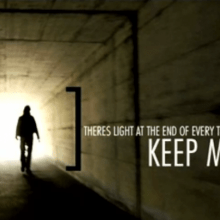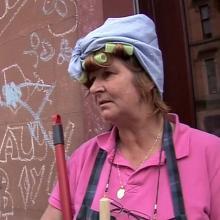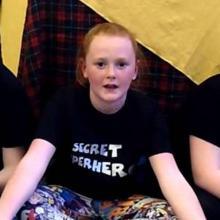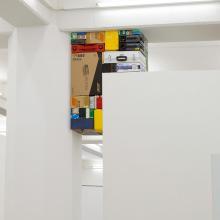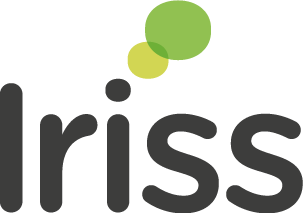Creative Carers is a training programme that instils a broad sense of creativity into older people's care homes, developed by Suffolk Artlink in partnership with artists Caroline Wright and Helen Rousseau.
What evidence is the project based on?
In 2003 Social Care Services in Suffolk identified a need for improving the skills of carers of older people in the quality of activities that they offer to their client group. As a result, Suffolk Artlink undertook research via visits, questionnaires and discussions with individual carers, and delivered pilot projects to provide evidence of the need for arts based training for carers. The pilots informed the design of the Creative Carers Programme and as a result, Artlink decided to invest in training carers of the elderly in order to ensure a sustainable activity programme and long term improvement in the quality of life of those they cared for. Initially the programme also demonstrated the power of the arts to transform tired spaces, through the introduction of new artworks inspired by the users of centres however this aspect of the programme has diminished against the carers’ training.
How is it funded?
Funding for the training, delivered in five care homes in Suffolk and Essex, was provided by the Rayne Foundation, and the analysis was funded by the Esmée Fairbairn Foundation.
Who runs it?
In this model, the care manager is involved from the start, working with the artist to create their own programme based on individuals' needs. Then, the whole home is trained by the artist who stays with the home over nine months in a creative coaching role. The training is easily adapted to carers, workplaces and residents and is about the process of creativity rather than focused on the end result.
Who is it for?
Carers are trained to think differently about everyday objects and environments, for example, one artist noted:
“It wasn’t until she [a carer] did a session with the residents the following day when she asked them what a cushion was and one answer was ‘comfort’ that she truly understood what we were trying to convey.”
What are the outcomes?
- Elderly people who encounter creative carers become more active physically
- They become more active mentally
- Through common creative experiences they become less isolated and more socialised
- They make less demands on their carers – less attention seeking (fewer loo trips, less requests to see the doctor, less complaints)
- Nursing staff are able to get on with nursing duties with less interruption
- The relationship between carer and cared for is changed and humanised
Suffolk Artlink commissioned a Social Return on Investment (SROI) report analysing the impact of Creative Carers which focused on all stakeholders involved. The SROI indicated that three quarters of residents benefited, with increased independence being one of the more notable changes. Following the programme, residents also became more mentally active and involved. A care manager described how:
“One resident – and the others all agreed – said she had noticed a difference in the activities and how much she had benefited and enjoyed being taken out of her comfort zone.”
Families of residents involved in Creative Caring experienced a significant benefit too. Relationships with families were found to be improved, with relatives noting how much more engaged and interested their loved ones were, with one family member saying of their mother:
“She has become more independent and will go on trips without me.” Knowing their relatives are in genuine 'homes' with activities and a social life gives families peace of mind. One daughter put it simply, saying: “I've got mum back.”
What are the good practice points?
- Unlike many arts projects, Creative Carers offers workforce development rather than one-off participation. The programme is not about training activity co-ordinators, rather it is about all staff taking every opportunity to make an encounter creative.
- Adequate funding and time should be allowed for training to equip artists with the skills needed to deliver their element of the programme.
- Whilst it is recognised and applauded that inspection needs to quantify the provision of activities programmes in Care Homes, there is an apparent tension between the requirements placed on Care Home managers to provide and evidence activities for their clients and the provision of activities that value process and are inclusive, beneficial and socially worthwhile.
- Areas to consider in recruiting people to get involved include: carer language, carer confidence, client confidence, the benefit and repercussions of simply observing activities, one to one activities, physical barriers, putting the client at the centre of activity planning and linking activities across artforms
Further information
For further information please contact Alex Casey, Co-Director, Suffolk Artlink:
- alex@suffolkartlink.org.uk
- 01986 873955
The report – Make My Day: The impact of creative caring in older people’s homes – shows that this approach is a very real example of the social benefit of the arts, with residents, their families, and care staff benefitting from the impact creativity has on independence and communication.
The full report can be found on the Suffolk Artlink website.
